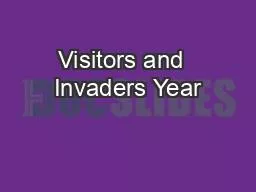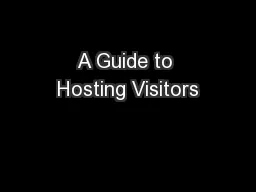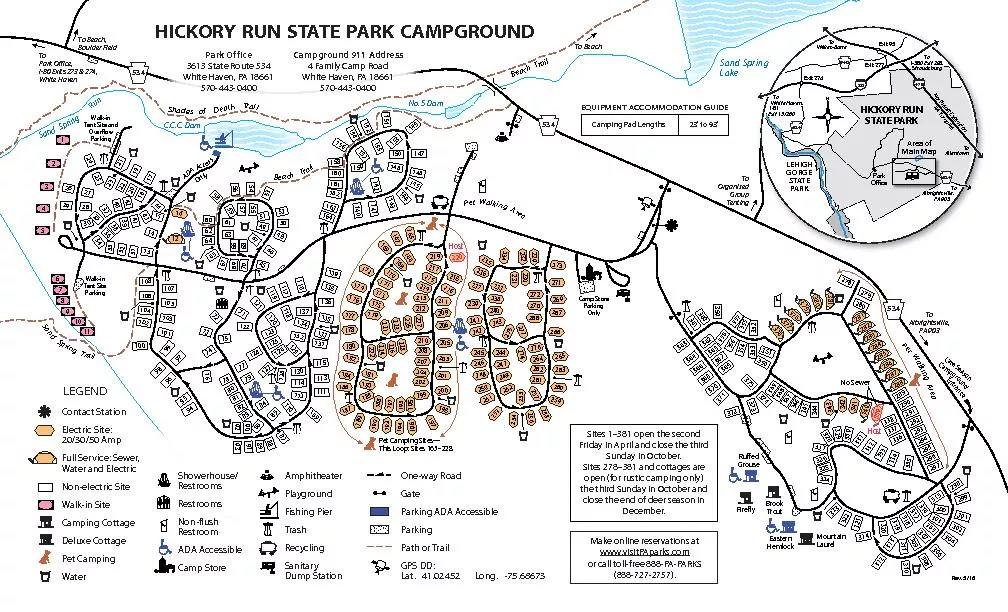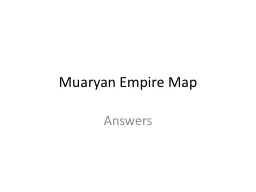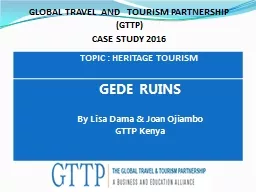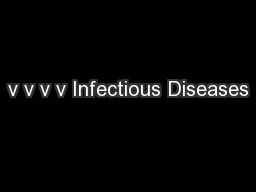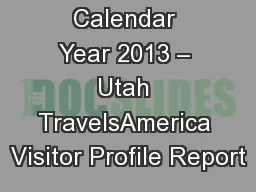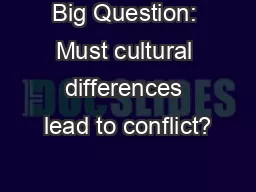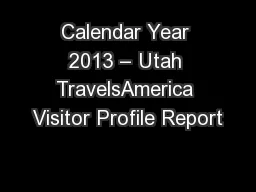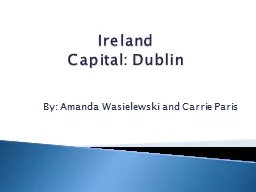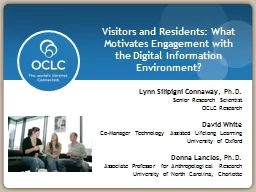PPT-Visitors and Invaders Year
Author : jideborn | Published Date : 2020-08-28
Five History Even Year Lesson Overview Learning Objective We will describe the ways Palawa Peoples continue to respect ancestors and culture after the invasion
Presentation Embed Code
Download Presentation
Download Presentation The PPT/PDF document "Visitors and Invaders Year" is the property of its rightful owner. Permission is granted to download and print the materials on this website for personal, non-commercial use only, and to display it on your personal computer provided you do not modify the materials and that you retain all copyright notices contained in the materials. By downloading content from our website, you accept the terms of this agreement.
Visitors and Invaders Year: Transcript
Download Rules Of Document
"Visitors and Invaders Year"The content belongs to its owner. You may download and print it for personal use, without modification, and keep all copyright notices. By downloading, you agree to these terms.
Related Documents

